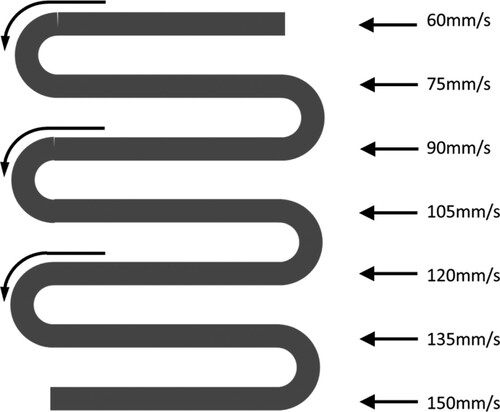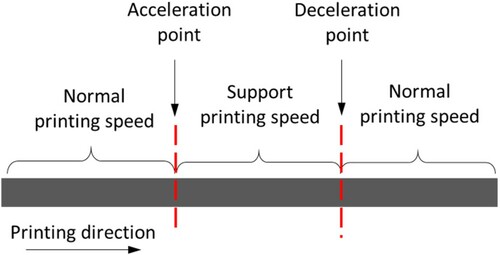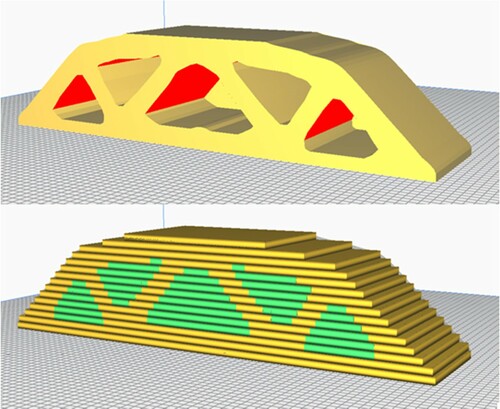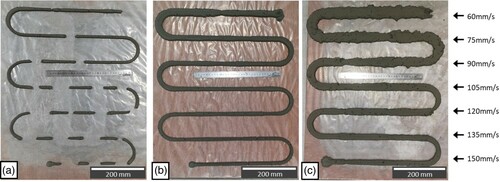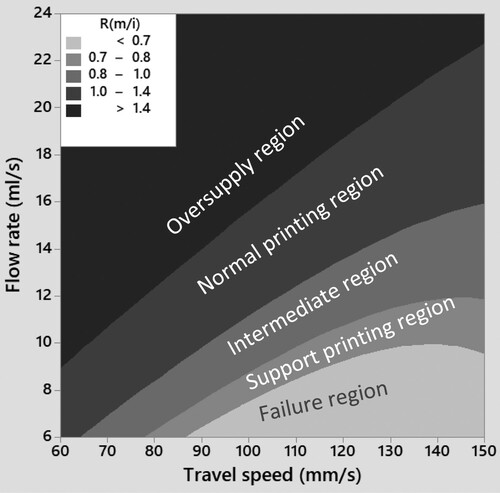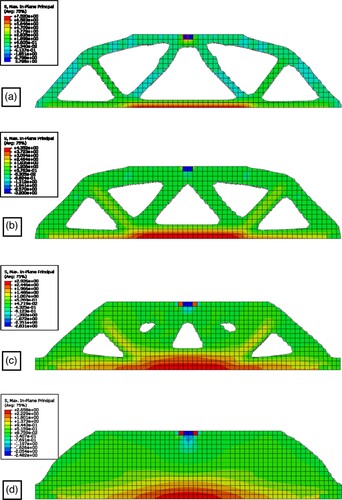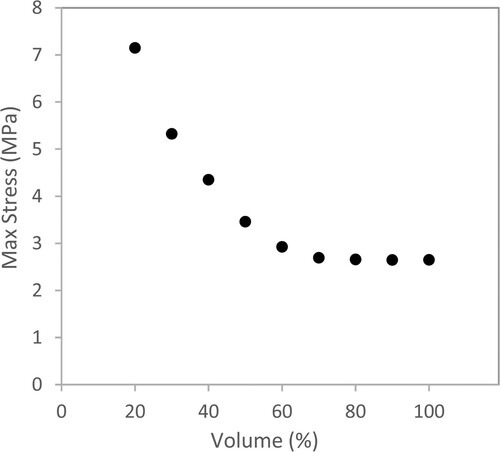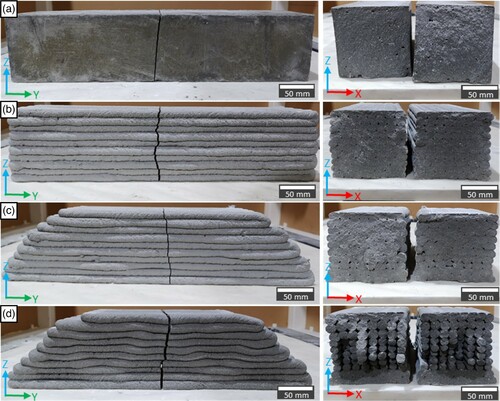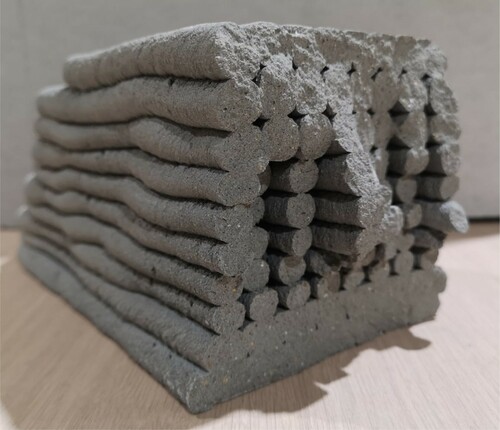Figures & data
Figure 1. 3D printed reinforced concrete beam (Asprone et al. Citation2018).
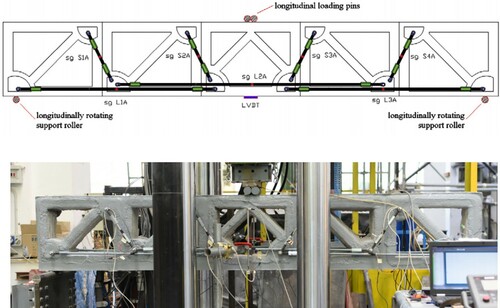
Figure 2. Radial and linear density gradient of concrete samples (Oxman, Keating, and Tsai Citation2011).

Figure 3. Compacting method to create a linear graded concrete (Gan, Aylie, and Pratama Citation2015).
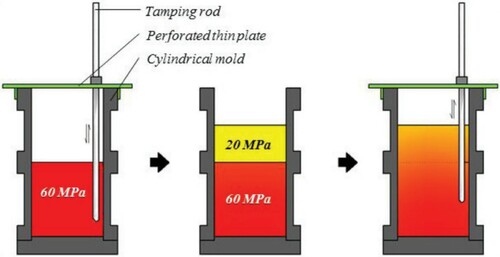
Figure 4. (a) 8 × 3 Periodic lattice topology optimisation design (b) 12 × 3 Periodic lattice topology optimisation design (Rashid et al. Citation2018).

Figure 5. Load vs. displacement graph (Rashid et al. Citation2018).
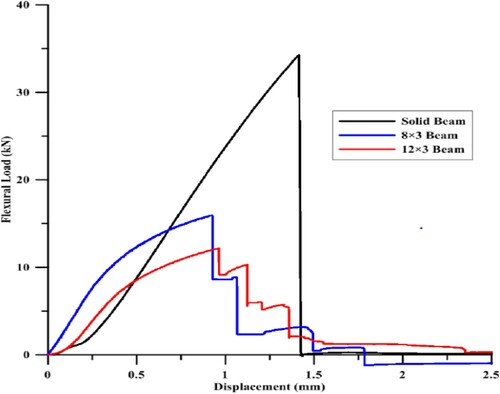
Figure 6. Functionally graded material with different material compositions (Leu et al. Citation2012).

Figure 7. 3D printing for FGCM for; (a) varying fibre deposition systems (Ahmed et al. Citation2020); (b) multi-material, especially for cock aggregates (Craveiro et al. Citation2020).
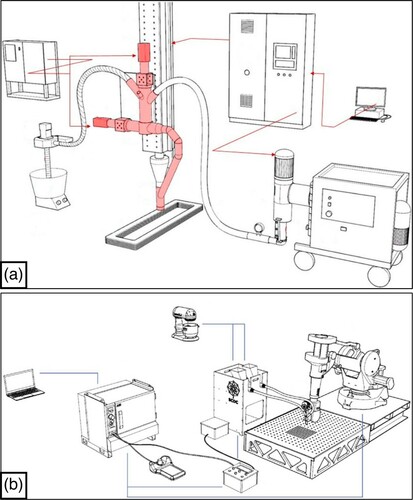
Figure 8. (a) Cumulative percentage passing of raw material (b) Individual percentage retained of raw material.
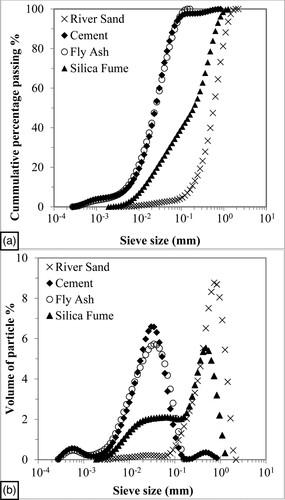
Table 1. Chemical composition (%) of fly ash, silica fume and cement.
Figure 11. (a) A MBB beam problem with the initial design dimensions (b) Centre-point loading method set-up.
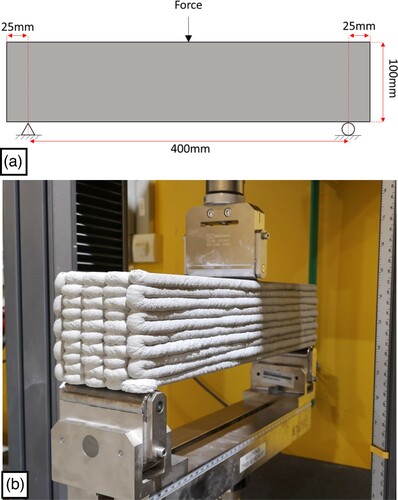
Figure 13. (a) The slicing preview of the 10th layers. (b) The top view of the 10th layer showing the solid and support regions (c) The longitudinal printing path for the 10th layer generated from extracted boundary coordinates with slowed down nozzle travel speed for some of the sections.

Table 2. Rm/i of filament obtained from ImageJ.
Figure 16. (a) Ideal travel speed profile of the nozzle (b) Travel speed profile of the nozzle without modification (c) Travel speed profile of the nozzle with modification.
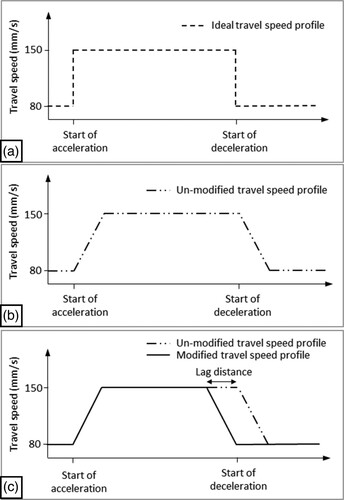
Table 3. Mesh size and total element analysis.
Figure 20. 3D printed structure in the longitudinal direction with a volume-fraction of 100% (b) 80% (c1) a 2D optimised structure of 60% (c2) a 2D optimised structure of 60% with the outline of the strut.
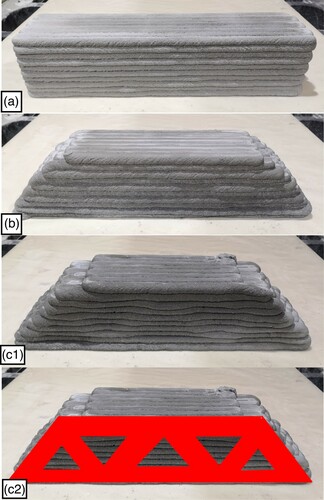
Table 4. Estimated printing time and material used with respective savings for the different samples.

